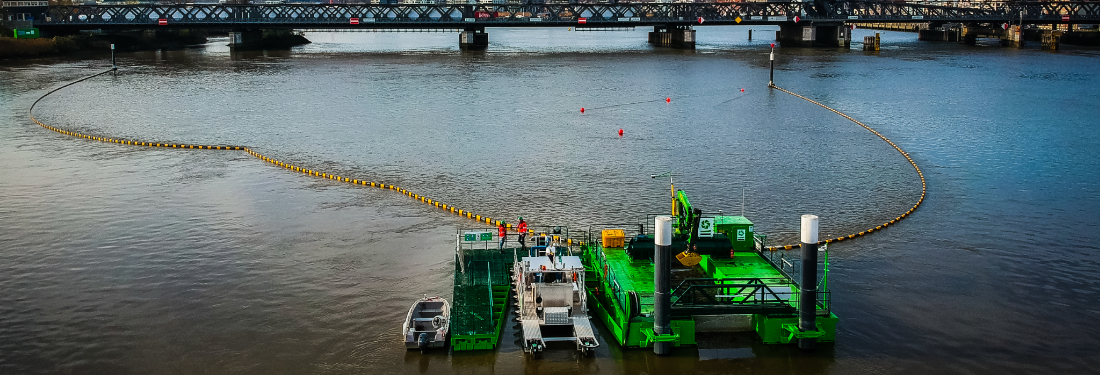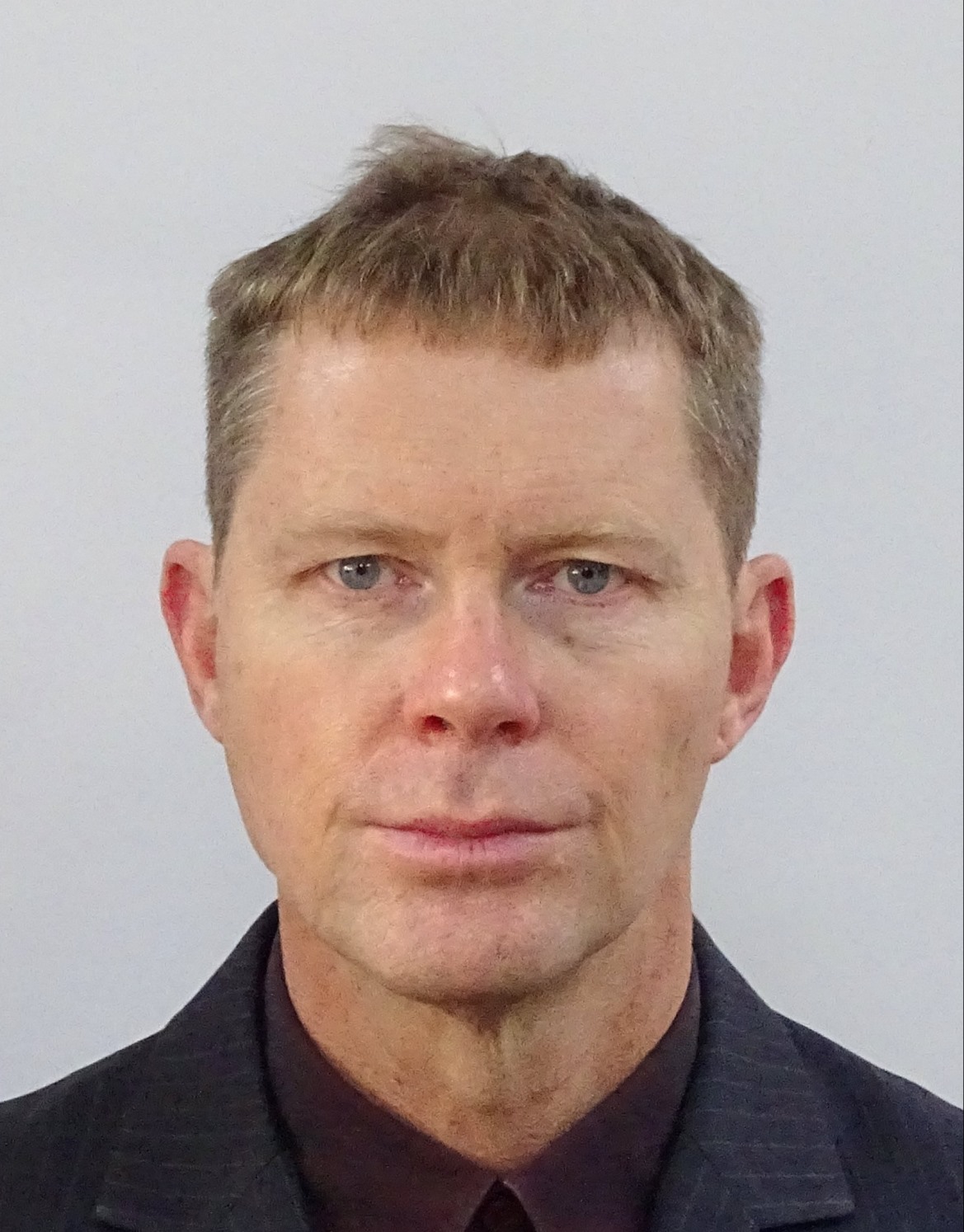How an innovative debris-catching project is cleaning up one of Belgium’s busiest rivers

In 2018, when the Flemish Waterways Authority (FWA) devised a project for a refuse-catching barrier on the Scheldt, a tidal river in Belgium’s Flanders region, the primary objective was clear: to solve a severe environmental and shipping hazard on the heavily navigated river.
Alongside the bridge spanning the Scheldt at the municipality of Temse, a floating barrier of two giant ‘arms’ rises and falls with the tide. Trapped debris funnels into an imposing catcher, then is transferred to a carbon-neutral autonomous vessel for landing. The entire process is operated virtually, with bridge-mounted cameras monitoring refuse en route to capture.
Around seven tonnes of debris (including pandemic-related waste like facemasks and wet wipes) is removed each month. Alongside the primary project objective, DEME, the Belgian marine engineering company leading the project, had a wider objective: to develop innovative and sustainable solutions for environmental problems more broadly.
Debris or duck?
In pursuing both project objective and wider vision, DEME gained much from the FWA’s commitment to a highly innovative project approach. Magali Bruggeman, DEME’s business development manager, points out that it took the tender pro bono. “It has allowed us to prove our technology. This synched up with the government’s ambition.”
Bruggeman describes a complex advance preparation process, including governmental legislation to cover autonomous shipping, risk analysis of after-dark operation and training artificial intelligence to distinguish between, for example, floating debris and a kayaker. “Or a duck, even. It was a long procedure. It took a year before everything was approved.”
Central to the project are the two arms of the floating barrier, respectively 103m and 178m in length. The delivery of these required DEME to bring in a specialist partner, Bolina Booms, owned by Ecocast, which specialises in the protection of coastlines and waterways.
While DEME led and managed the project, the design, delivery and installation of the boom barrier was a Bolina-Ecocast responsibility. Gregory Duquennois, project lead for Ecocast, says: “We are proud to have designed a bespoke product that leads the way in waterway protection.” Duquennois served as SPOC (single point of contact) between DEME and Boeren BV, the Netherlands-based underwater engineering company engaged to install the barrier on-site.
The barrier epitomises the scale and challenge of the project. Duquennois explains how each arm is formed of one full length with no interconnections to ensure maximum strength, much needed to cope with the Scheldt’s extreme tides of up to 6m, alternating current directions and water speeds of up to 2m/s.
Bolina developed a completely new roller system to connect the barrier with the catcher, to avoid loss of debris. And, Bruggeman points out, the Scheldt itself, with its four tides each day, plays its part. “We were able to ascertain that debris typically moved five times on the tides under the bridge at Temse. Nature gives us five chances to catch it.”
Not all water under the bridge
With so much innovation happening, scope to learn from the past was limited. Duquennois is relieved installation, at least, ran smoothly. “We were lucky to be able to assemble the barrier on-site.” A requirement that the flow of shipping not be interrupted posed a difficulty. Research identified when the least busy point coincided with the highest possible tide. “It took six hours to install and went very well – thanks to much planning in advance.”
That target was hit on time, as were the timelines for the year-long design process at the start of the barrier project, when DEME brought Bolina on board. But final installation took place against a background of pandemic-enforced delays. Duquennois points out that the assembly process and the project overall were subject to delays of over three months in 2020, when installation operators were forced to shut down.
With the barrier in place, Duquennois’s job is done. For DEME and Bruggeman, it’s not all water under the bridge yet. Their one-year operating concession commenced in October 2020; now they are focused on winning government approval to make things permanent, and to reap the benefits of the project’s success in expansion of business.
Bruggeman divides the year into two halves, with the first having been used to test robustness, first without the vessel, then with the vessel crewed. In the second half, the autonomous aspect has commenced fully: “We are now where we planned to be.”
For transparency, DEME has engaged independent evaluation. The University of Antwerp, which has expertise in microplastics, is monitoring the effectiveness of the debris-catching process, while INBO, Belgium’s research institute for nature and forests, is examining the project’s impact on the river’s ecosystem. “So far, they have found no dead fish,” says Bruggeman, who is gratified that the local community, led by Temse’s mayor, has rallied around. “It is great to see how such a project can trigger so much environmental awareness.”
Reflecting on the project, both Duquennois and Bruggeman attribute its success to effective partnerships and open communication. “Include the partners as early as possible in the design phase,” Bruggeman advises. “They are the experts. In the end, this pays off.”
They are pleased to have made a real environmental contribution. But the private sector can only do so much. “Over 80 per cent of ocean plastic comes from rivers,” Bruggeman says. “There should be some responsibility from plastic companies, governments and everyone to really clean our rivers.” For, as Duquennois puts it, the likes of the Scheldt are the “heartlines of Europe”.
Image courtesy of Ecocoast
You may also be interested in:


0 comments
Log in to post a comment, or create an account if you don't have one already.